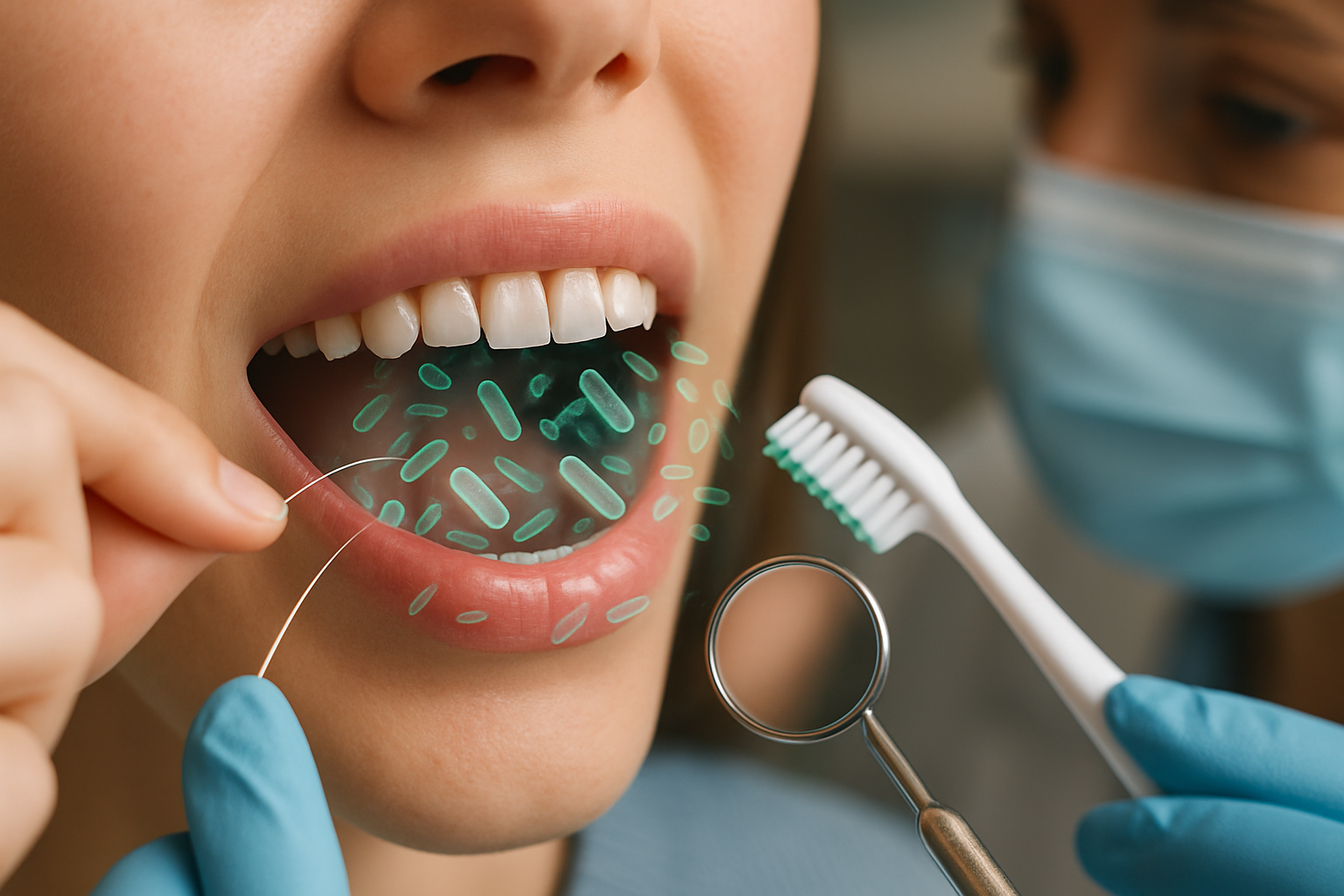Learn Insights About Tonsil Stones Along with Prevention Ideas
Tonsil stones, also known as tonsilloliths, are small, whitish or yellowish deposits that form in the crevices of your tonsils. These calcified formations develop when bacteria, food particles, dead cells, and other debris become trapped in the tonsil crypts and harden over time. While they're generally harmless, tonsil stones can cause discomfort and embarrassing bad breath. Understanding what causes these formations and how to prevent them can help you maintain better oral health and avoid the unpleasant symptoms they often bring.

What Are the Main Tonsil Stones Causes?
Tonsil stones develop due to several interconnected factors that create the perfect environment for debris accumulation. The primary cause is the natural structure of your tonsils, which contain small pockets called crypts. When food particles, bacteria, dead cells, and mucus become trapped in these crypts, they begin to decompose and calcify over time.
Poor oral hygiene significantly contributes to tonsil stone formation by allowing bacteria to multiply in your mouth. Additionally, people with larger tonsil crypts or those who experience frequent throat infections are more susceptible to developing these deposits. Chronic sinus issues, postnasal drip, and dry mouth conditions also increase the likelihood of tonsil stone formation by providing additional debris and reducing the natural cleansing action of saliva.
How to Know if I Have Tonsil Stones
Identifying tonsil stones can sometimes be challenging, especially when they’re small or deeply embedded in the tonsil crypts. The most obvious indicator is visually spotting white or yellow spots on your tonsils when looking in a mirror. You might also feel like something is stuck in your throat or experience a persistent scratchy sensation.
Many people discover they have tonsil stones when they accidentally cough them up during normal activities. These expelled stones typically appear as small, irregularly shaped, white or yellowish chunks with a distinctly unpleasant odor. Some individuals may also experience ear pain due to shared nerve pathways between the throat and ears, making it feel like the discomfort is coming from the ear when it’s actually originating from the tonsils.
Recognizing Common Tonsil Stones Symptoms
The symptoms of tonsil stones can vary significantly from person to person, with some experiencing no symptoms at all while others deal with considerable discomfort. Bad breath, medically known as halitosis, is the most common and noticeable symptom. This occurs because the bacteria within the stones produce sulfur compounds that create a foul odor.
Physical symptoms include a sore throat that may worsen when swallowing, a persistent cough, and the sensation of having a foreign object lodged in your throat. Some people experience swollen tonsils, difficulty swallowing, or a metallic taste in their mouth. In more severe cases, larger tonsil stones can cause significant throat irritation and may lead to recurring tonsil infections.
Identifying Clear Tonsil Stones Signs
Beyond the symptoms you feel, there are specific visual and physical signs that indicate the presence of tonsil stones. The most definitive sign is the appearance of white, yellow, or gray formations visible on or within the tonsil tissue. These deposits may appear as small specks or larger, more noticeable chunks depending on their size and development stage.
Tonsil stones often cause visible swelling or redness around the affected areas of the tonsils. You might notice increased saliva production as your body attempts to flush out the irritants, or experience frequent throat clearing as your body tries to dislodge the formations naturally. Some people report a persistent feeling of fullness in their throat, similar to the sensation experienced during a cold or allergies.
Essential Tonsil Stones Prevention Tips
Preventing tonsil stones requires a comprehensive approach to oral hygiene and throat health maintenance. The most effective prevention strategy involves maintaining excellent oral hygiene through regular brushing, flossing, and using an antimicrobial mouthwash. Brushing your tongue and the back of your throat can help remove bacteria and debris before they accumulate in the tonsil crypts.
Staying well-hydrated helps maintain adequate saliva production, which naturally cleanses your mouth and throat throughout the day. Gargling with salt water or alcohol-free mouthwash can help flush out debris and reduce bacterial growth. Some people find that using a water flosser or oral irrigator to gently flush the tonsil areas helps prevent stone formation. Avoiding smoking and limiting dairy consumption may also reduce the likelihood of developing tonsil stones, as these factors can increase mucus production and bacterial growth.
Treatment Options and Professional Care
While many small tonsil stones can be managed at home through improved oral hygiene and gentle removal techniques, persistent or large stones may require professional treatment. Healthcare providers can safely remove larger stones using specialized tools and techniques that minimize tissue damage and discomfort.
For individuals who experience chronic tonsil stones that significantly impact their quality of life, healthcare professionals might recommend more comprehensive treatments. These can range from prescription antimicrobial rinses to surgical interventions in severe cases. The specific treatment approach depends on the frequency, size, and severity of symptoms associated with the tonsil stones.
Understanding tonsil stones and implementing proper prevention strategies can significantly reduce your likelihood of developing these uncomfortable formations. While they’re rarely serious medical concerns, addressing the underlying causes through improved oral hygiene and professional guidance when necessary can help maintain optimal throat health and prevent the embarrassing symptoms associated with tonsil stones.
This article is for informational purposes only and should not be considered medical advice. Please consult a qualified healthcare professional for personalized guidance and treatment.




